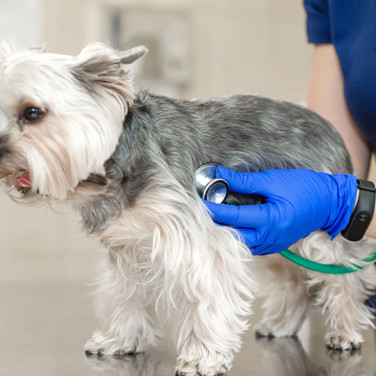DISEASES
Preventing and Treating Gingivitis in Dogs - A Guide for Pet Owners
페이지 정보
본문
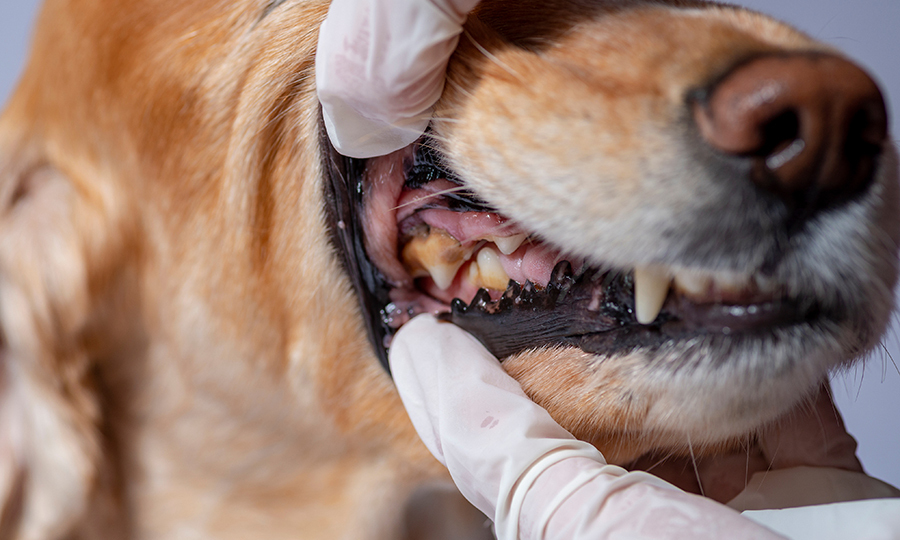
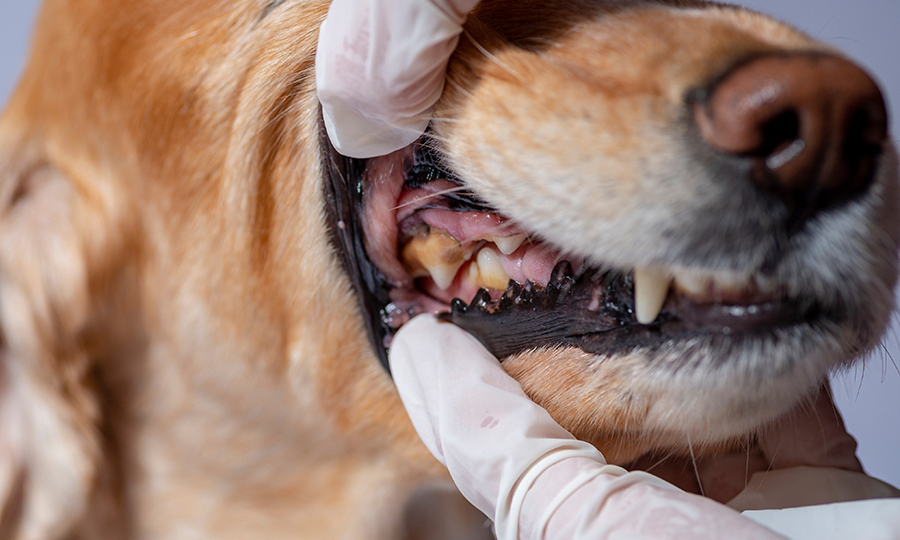
What is gingivitis in dogs?
Gingivitis refers to the inflammation of gums and the early stage of periodontal disease. Gingivitis is a fairly common condition in dogs and occurs when plaque or tartar on the surface of the teeth accumulates and bacteria builds up. The first signs of the condition will show redness and slight swelling of the gums, but if left untreated, it can progress to more severe forms of periodontal disease like painful gums, bleeding, and tooth loss. Fortunately, scaling can effectively treat gingivitis, and good hygiene practices can help prevent gingivitis.
Stage of periodontal disease
-
Stage 1
Stage 1 of periodontal disease, or gingivitis, includes redness and swelling of the gums.
-
Stage 2
In the second stage of periodontal disease, a dog’s gums will become more inflamed and the tartar buildup will move down to the root of the tooth. You may begin to notice bad breath in your dog and signs of pain. The ligaments and bones that support the teeth begin to weaken drastically. The exact progression can be evaluated through oral examination and imaging tests by a veterinarian.
-
Stage 3
Moderate periodontal disease will begin to show bleeding and boneless will continue, causing further pain.
-
Stage 4
Advanced periodontitis is where inflammation has spread deep into the root of the tooth. Severe bone loss has occurred and can lead to tooth loss and further bleeding.
Causes of gingivitis in dogs
Gingivitis is a disease caused by the growth of bacteria on the teeth caused by plaque or tartar buildup. The bacteria causes an inflammatory reaction in the gaps between the dog’s gums and teeth which results in the symptoms you can learn to identify early signs of periodontal disease.
The main causes of plaque or tartar that cause gingivitis are:
-
Oral hygiene
Gingivitis can be caused by poor oral hygiene, such as not brushing their teeth regularly.
-
Teeth crowding
In the case of small-breed dogs, their teeth may not fall out or teeth overlap can occur due to problems with the oral structure of smaller dogs.
-
Soft/wet food
Unlike dry food, wet food leaves more residue on the teeth and can stick to the teeth, increasing the risk of developing plaque. A wet food diet is not a problem if oral hygiene is practiced regularly.
-
Rough teeth
If the surface of a dog’s teeth is rough due to broken teeth or scaling, the risk of bacteria developing on those uneven surfaces can increase.
-
Disease
Diseases that cause an inflammatory response throughout the body, such as diabetes, Cushing’s disease, uremia, or an auto-immune disease, can cause gingivitis.
Symptoms of gingivitis in dogs
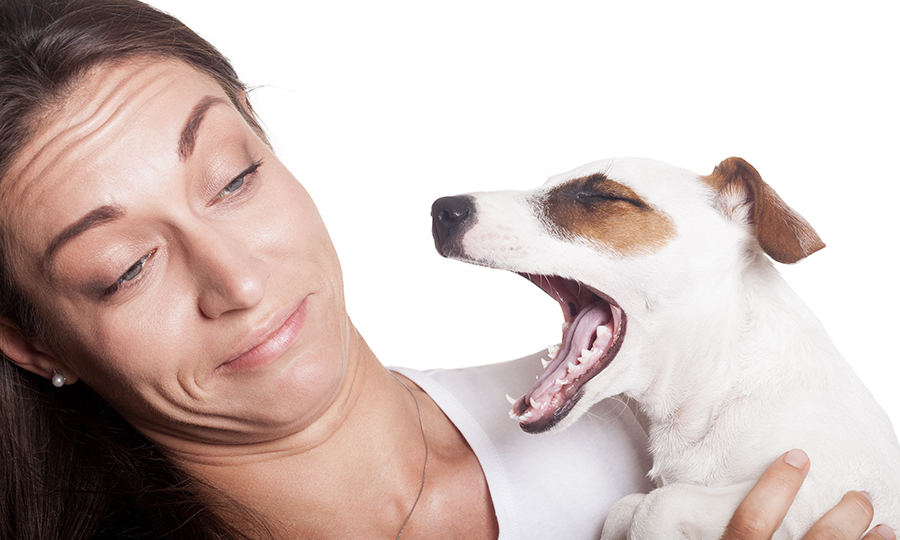
Symptoms caused by gingivitis include:
- Redness
- Swelling
- Plaque or tartar buildup
- Tooth discoloration
- Bad breath
- Bleeding gums
Severe gingivitis can cause pain, loss of appetite, abscesses, oronasal fistulas, and loose or tooth loss.
What is the risk of gingivitis in dogs
Gingivitis is very common in dogs and is not considered a serious condition. However, if gingivitis is left untreated, it can develop into a more serious problem like periodontitis and worsen your pet’s condition. Before gingivitis develops into periodontitis, symptoms can be quickly managed through periodic brushing or scaling to remove the plaque buildup. If you notice any signs of bad breath, pain, or abscess in the gums, a visit to the vet for proper management may be necessary.
Treatment for gingivitis at home
The best home management for gingivitis in dogs comes down to the pet parent’s actions. There are various ways to decrease the buildup of plaque and tartar, but the most effective method is regularly brushing the pet’s teeth. It’s recommended to start this practice as early as possible to ensure the healthiest set of gums and teeth for your dog. To manage gingivitis after buildup has occurred. There are several options available from dog-safe toothpaste, sprays, and disinfectants, to dental health-specific treats and foods to help manage tartar buildup in dogs.
Diagnosing gingivitis in dogs
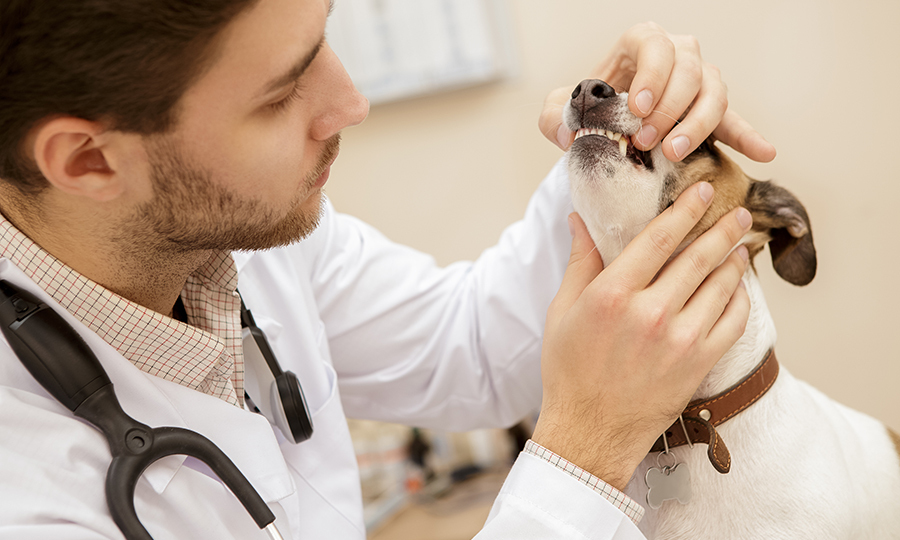
Diagnosing gingivitis is mainly based on the clinical symptoms present and an oral examination can quickly confirm the presence of any oral disease. However, if a disease other than gingivitis is suspected, additional tests may be considered.
-
Physical examination
During a veterinary checkup for gum disease, a veterinarian will ask you questions about when your dog’s symptoms began and what their current diet is. Then the veterinarian will conduct a physical examination to assess the dog’s overall condition and visually inspect the inside of their oral cavity. A veterinarian can assess the stage of gum disease by evaluating the number of affected teeth and gums and judging the amount of plaque or tartar buildup. This information will help guide your veterinarian in developing a treatment plan for your dog.
-
Blood and urine tests
If a veterinarian suspects a systemic disease like diabetes, Cushing’s disease, or uremia. Additional blood and urine tests may be performed to differentiate these conditions.
If your dog requires anesthesia for dental examination and treatment, a basic blood test may also be required to ensure that your pet is in good health and can safely undergo anesthesia.
-
Oral examination and dental X-ray
Anesthesia may be required to be able to accurately examine the inside of your pet’s mouth. Once the anesthesia is administered, the veterinarian can then assess the depth of the gum pockets. If there are any indications of periodontal disease other than gingivitis, dental radiographs are used to evaluate tooth roots and supporting structures.
Treatment for gingivitis in dogs
If gingivitis is not accompanied by other periodontal diseases, such as periodontitis, treatment is relatively straight forward and healthy teeth can return to normal.
-
Scaling
During oral examination under anesthesia, a veterinarian may also remove plaque and tartar buildup during this process through scaling.
-
Other treatments
Tooth extraction may be necessary if the infection and pain are severe or persistent baby teeth remain.
If the dog’s gum tissue is proliferated, the gum tissue may be removed, and antibiotic treatment may be administered in case of severe bacterial infection.
How to prevent gingivitis in dogs
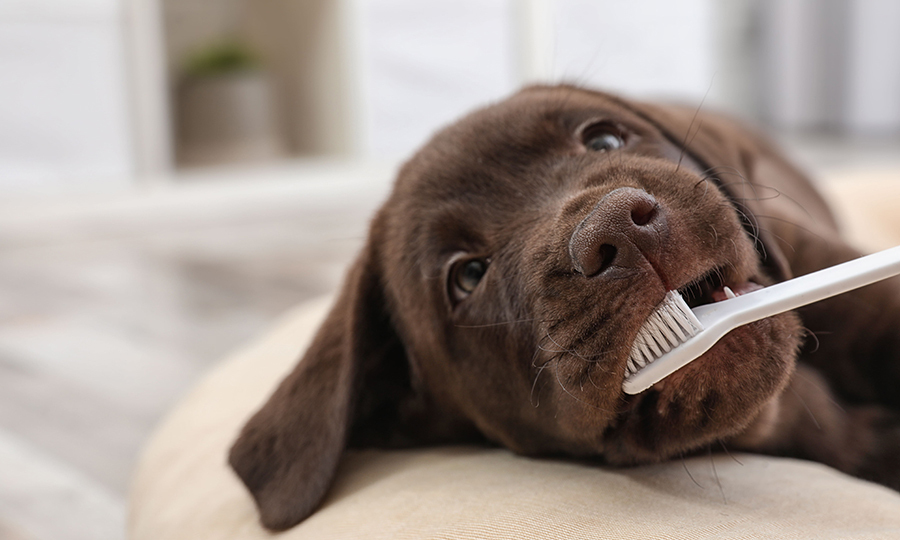
Regularly brushing your dog’s teeth is the most effective way to prevent gingivitis in dogs. It is very important to maintain oral hygiene through training and brushing habits from an early age. Early detection and treatment of gum disease can help manage these conditions before they progress into a more serious oral health issue. Periodic checkups are highly recommended to increase the chance of catching this condition and other diseases before they can progress into something worse.
Find out more about your dog’s symptoms and diseases on the Buddydoc app!
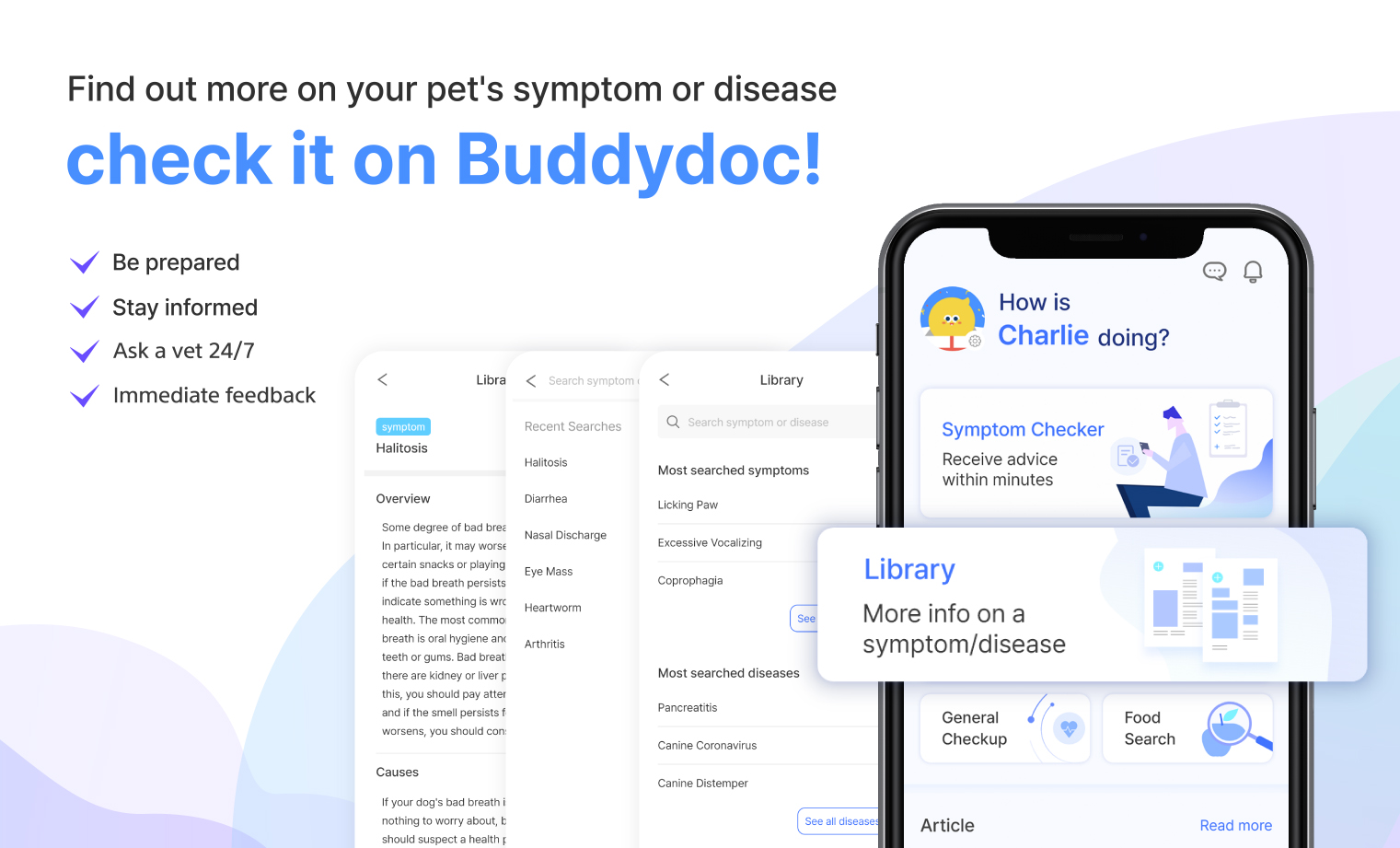
The Buddydoc library is filled with everything you’d want to know about each symptom and disease your pet may experience. If you would like to find out more about the causes, signs, treatments, preventions, and more for your dog’s disease. Try out the Buddydoc app and search for your pet’s symptoms or diseases in the Buddydoc library.




